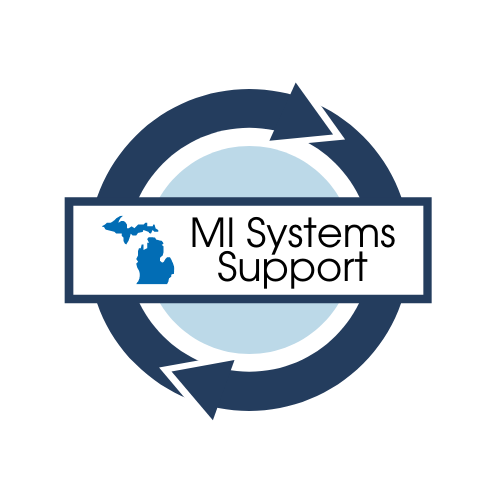
Educational Equity
Templates and Tools
Culturally Responsive Curriculum Scorecard
Summary
NYU Metro Center designed this tool to help parents, teachers, students, and community members determine the extent to which their schools’ English Language Arts curricula are (or are not) culturally responsive. The intent of the tool is to provoke thinking about how students should learn, what students should learn, and how curriculum can be transformed to engage students effectively.
-
District, leadership, and curricular teams might choose to complete the entire document in order to receive the most comprehensive analysis of how culturally responsive the district’s curriculum is. The tool has been designed with K through eighth grade English Language Arts curricula in mind, yet the authors suggest using this tool with other grades and subjects as well.
-
-
Bryan-Gooden, J., Hester, M. & Peoples, L. Q. (2019). Culturally responsive curriculum scorecard. New York: Metropolitan Center for Research on Equity and the Transformation of Schools.
Culturally Responsive In-Person Observation Guide
Summary
The Culturally Responsive In-Person Observation Guide helps school leaders and their teams determine how to look for culturally responsive instruction in their schools and create more culturally responsive classrooms within a culturally responsive school.
The Leadership Academy’s definition of “equity” states, “this work is about ensuring that every school and school system is intentionally built to ensure children of every race, ethnicity, language or other characteristics achieve academic, social and emotional success”.
-
District and leadership teams might use the Culturally Responsive In-Person Observation Guide to determine how culturally responsive instruction is in their schools. This guide is built from the The Leadership Academy’s eight actions of a culturally responsive leader and the corresponding practice areas of a culturally responsive school, which are based in research and the Leadership Academy’s experience preparing, coaching, and supporting leaders across the country. These practices have been found to create conditions for learning and success for all students, especially students who have traditionally been in the margins.
-
-
The Leadership Academy. (2022). Culturally responsive in-person observation guide. https://www.leadershipacademy.org/resources/
A Guide for Ensuring Inclusion and Equity in Education
Summary
The Guide for Ensuring Inclusion and Equity in Education is intended for use by key government policy-makers, working with key perspectives such as teachers and other educators, students, families, and community representatives. The entire document can be found in the Related Materials section.
Pages that are specific to school level decisions have been extracted from A Guide for Ensuring Inclusion and Equity in Education in order to provide schools with suggested practices, a review framework, and an action plan guide to help districts strengthen inclusion and equity.
-
The pages that have been extracted from A Guide for Ensuring Inclusion and Equity in Education might be used by district and leadership teams to conduct a district self assessment in order to determine how well equity and inclusion currently figure in existing policies. Teams might use assessment results to decide which actions are needed to improve policies and their implementation towards equitable and inclusive education systems. A facilitation guide for utilizing pages from the entire guide is included in the additional resources section.
-
-
UNESCO, A. (2017). A guide for ensuring inclusion and equity in education. Geneva: UNESCO IBE. https://unesd oc. unesc o. org/ark:/48223/pf000, 2482, 54.
